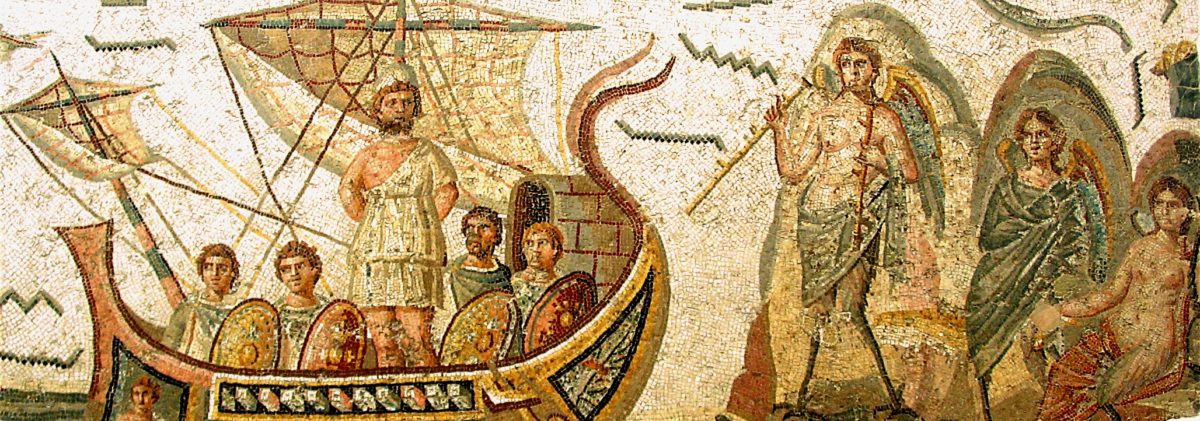At a press conference at the Lanier Theological Library in Houston, Texas, on 24 March 2022, Scott Stripling (the Director of Excavations for the Associates for Biblical Research, a fundamentalist Christian apologetics ministry), Pieter van der Veen (a professor of the Old Testament and Biblical archaeology at Johannes Gutenberg-University Mainz), and Gershon Galil (a professor of Biblical studies and ancient history at the University of Haifa) announced that they have (supposedly) discovered an inscription written in the Hebrew language using the Proto-Canaanite script inside of a 2 cm x 2 cm folded lead tablet that a team led by Stripling found in December 2019 while wet-sifting through the detritus of an earlier excavation that a team led by the late Israeli archaeologist Adam Zertal conducted at Mount Ebal near the Palestinian city of Nablus in the Israeli-occupied West Bank from 1982 to 1986.
Stripling, van der Veen, and Galil claim that the inscription on the inside of the tablet is not visible to the naked eye and that they were only able to find it by examining thousands of tomographic scans made at the Czech Academy of Sciences. They claim that the inscription dates to between 1400 and 1200 BCE. They say that the text of the inscription reads as follows when translated into English: “Cursed, cursed, cursed – cursed by the God YHW. You will die cursed. Cursed you will surely die. Cursed by YHW – cursed, cursed, cursed.” Despite these claims, they still have not shown any of the scans they allegedly made, instead only showing photographs of the outside of the tablet and one drawing made by Galil of one supposed instance of the divine name.
If all the team’s claims are true, this would be the earliest known attestation of writing in the Hebrew language and the earliest known attestation of the divine name YHWH by hundreds of years. Naturally, dozens of news outlets have reported this supposed inscription as though it really were the most astounding discovery in Biblical archaeology of this century. There are, however, very good reasons to be very suspicious of Stripling, van der Veen, and Galil’s claims and it is highly irresponsible for news outlets to report these claims as though they were settled fact. The reasons I am about to highlight are already well known to scholars, but I thought I would share them here for members of the general public who may have read about the supposed Mount Ebal curse tablet in the news.
Continue reading “Did Archaeologists Really Discover a Hebrew Curse Tablet from Mount Ebal Bearing the Name YHWH?”









